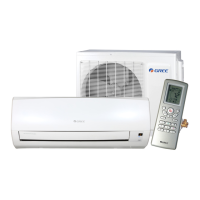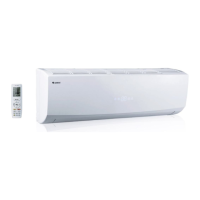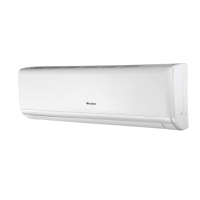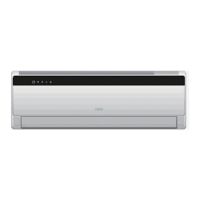Refrigerant recovery
Before starting service work on the refrigerant circuit, the existing refrigerant
must be removed. When carrying out removal of the refrigerant, the following
must be considered:
•
The recovery cylinder must be permitted for the use of R-290 (especially
regarding the pressure and the compatibility of the connectors and the
valves).
•
The recovery machine must be suitable for operation with R-290. Impor-
tantly, the recovery machine must not itself be an ignition source.
•
The filling of the recovery cylinder should be monitored closely by control-
ling the weight. It is recommended to place and then to leave the cylinder
on a digital scale. Pay attention not to overfill the cylinder. The cylinder is
only allowed to be filled up to 80% of its complete volume by liquid refrig-
erant.
•
The pressure must be controlled in order to ensure that the permissible
pressure of the cylinder is not exceeded at any time.
•
After filling, the cylinder must be marked with the mass and the type of
refrigerant recovered.
•
The recovery machine should be operated until the pressure reduces to
0.3 bar absolute pressure. R-290 is soluble to oil. This may lead to a rise
in pressure because the refrigerant vaporises from oil. It may be neces-
sary to operate the recovery machine for a second or even a third time.
•
Small amounts of R-290 can be vented in safe manner to the environ-
ment.
•
Remaining amounts of HC absorbed by the oil can be extracted from the
system using a vacuum pump in combination with an exhaust vent hose.
•
A second “two way excess” recovery cylinder can be used in serial con-
nection to act as an oil-separator.
•
After the systems‘ pump out, the system should be flushed with oxygen-
free dry nitrogen (OFDN) in order to ensure no flammable gas are inside
the system.

